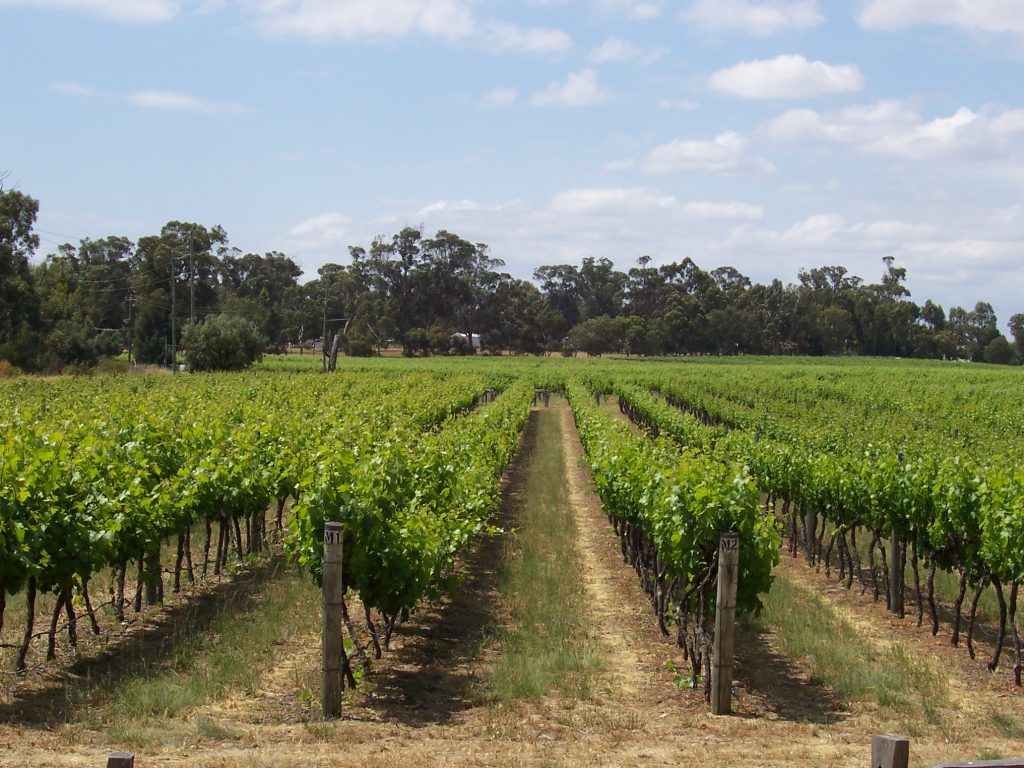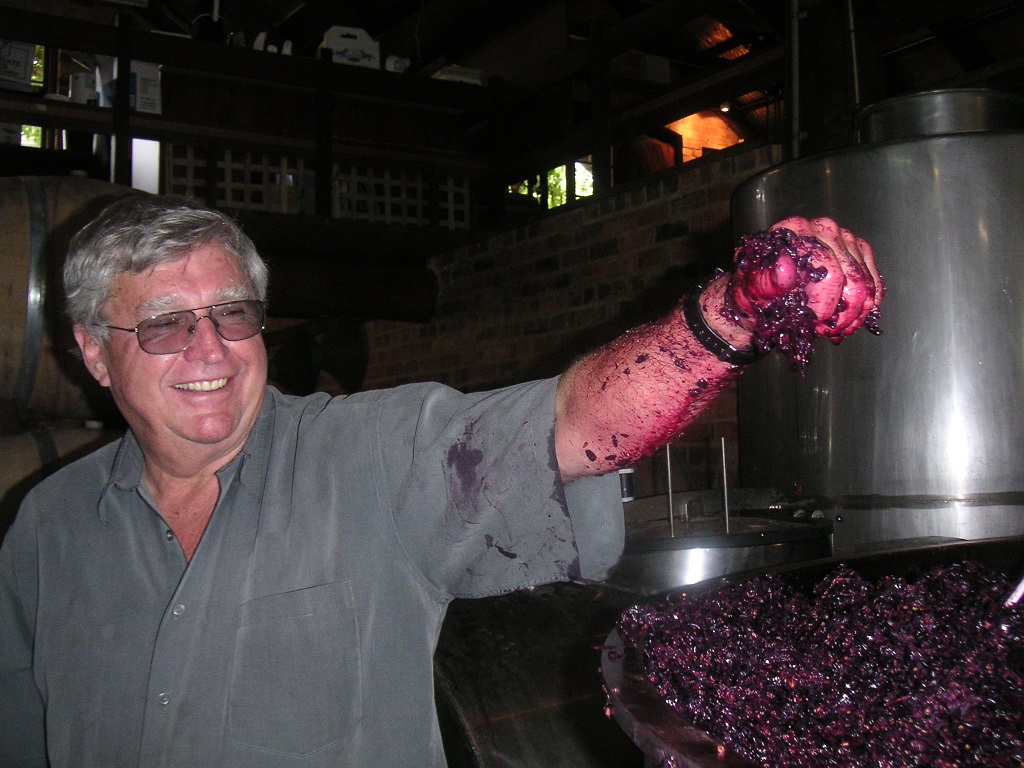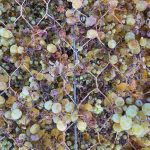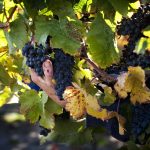Zinfandel is a winegrape varietal that has challenged – and continues to challenge – viticulturists and winemakers alike.
The wine style is very rich, raisin-like and higher in alcohol than many other styles, and it remains one of the most widely sold wines in the US market. Some adventurous Australian producers are now showing their takes on Zinfandel.
Journalist Samuel Squire spoke to them to learn more about how they work with this perplexing grape to make exciting wines.
Zinfandel is believed to be one of the oldest winegrape varieties from which wine is still being made today.
Historians have managed to trace evidence which places the first Zinfandel wine around 6000BC. The wine does, however, have something of a contentious history which has been contested for decades by winemakers, researchers and historians around the globe – an issue which has only been recently resolved.
Renowned wine writer Jancis Robinson wrote, “By the middle of the 19th century a vine variously called Zinfandel and Zinfandal had established itself in northern California and was prized for its productivity”.
Robinson, on the history of the grape, continued that “the next significant chapter in the unravelling of [Zinfandel] came in the early 1990s when, once DNA profiling had been applied to analysing the genetic relationships between different vine varieties; it was established beyond doubt that Zinfandel was, intriguingly but inexplicably, identical to a then-obscure grape variety called Primitivo grown on the heel of Italy”.
Grown in Puglia, the Primitivo grape was found to be genetically identical to Zinfandel; however, Italian winemakers have insisted that Zinfandel is not one of their traditional varieties.
To further add to Zinfandel’s speckled and baffling history, Croatia has had several indigenous grape varieties that are related to Zinfandel, but most were lost in the late 19th Century.
Robinson concluded that research shows, from genetic analysis, that Zinfandel/Primitivo had to be a parent species of the Croatian Plavic Mali variety.
Zinfandel today

Winemakers in the US pioneered the style today known as Zinfandel, and some historians and researchers from UC Davis have documented that the grape made its way to California from an Austrian collection.
Zinfandel tends to be a very high-yielding grape variety, unless severely pruned, which often leads to the winery having too many grapes to make concentrated wine from. Another major issue with Zinfandel grapes is uneven ripening.
Even on tightly-packed, thin-skinned fruit, uneven ripening can occur and lead to severe rotting. Despite its difficulty, there are close to 100 Australian producers making good use of the Zinfandel berry in one way or another.
Most notably, Cargo Road Wines of Orange in New South Wales pioneers the style in red, sparkling and dessert wine styles. Cargo Road Wines winemaker and viticulturist James Sweetapple says his winery is an enthusiastic supporter of the style, creating a number of interesting takes on the classic red variant.

“Zinfandel has the ability to make such fantastic wines with so many characteristics,” Sweetapple said.
The wine is typically rich and fruity, like Christmas cake, with dark chocolate hints and lovely spice characters. It has so many layers of flavour.
“At Cargo Road, I make a table style Zinfandel, a dessert style, a sparkling and also a dark, sweet rosé.
“As a single variety, Zin (Zinfandel) is a big hit in my portfolio, and for that reason, I don’t really see much point blending it as it makes a great wine.”
Sweetapple mentioned that local reception to single variety Zinfandel wines has been widely supported in the local wine community in Orange.
He says that to make a quality Zin, careful attention to detail is needed. The wines at Cargo Road have taken off so well since Sweetapple took over the winery in 1997, that he’s had to expand the varietal’s plantings fourfold.
“[There’s] very good support for the Zin wines I produce. I have been producing it for some 23 years and have developed significant attention to detail in the vineyard and the winery, which has all helped create a very good wine,” he said.
“Two other producers in Orange have tried their hands at Zinfandel but, to my knowledge, they no longer produce it as it was found to be unsuccessful for them.”
“The previous owner planted it in 1983 and his first vintage was 1986. I took over in 1997 and have made it every year and I’ve also expanded the vineyard area from 1ha to 4ha.”
Sweetapple says the varietal is very well suited to the Australian climate, just as well as many other well-established varieties in the country.
He says that as long as the viticulturist keeps a close eye on Zinfandel during the growing season, they will yield great results.
Chasing the market
Another noteworthy name in Zinfandel production in Australia is Peel Estate Wines, situated in Western Australia’s warm climate growing regions of Peel.
Peel Estate was one of the first wineries in the country to plant Zinfandel and to keep it growing in their vineyard, which goes against the trend by many others who have tried the variety only to determine that it’s is too demanding viticulturally.
Will Nairn, winemaker and winery owner of Peel Estate Wines, says the variety has in the past also faced the obstacle of being difficult to market to Australian consumers.
“The wine has been difficult to sell on a larger scale and, in 40 years, it still remains something to hard sell to consumers,” he said.
“It has good market potential at present, but it has taken some time to get to this point.”
Even though Zin may be a difficult variety to work with and to sell, Nairn remains resolute that the locally-produced variety is competitive to American Zins, as well as to other lesser-known, high acidity varietals like Nebbiolo and Tempranillo.
“I have been told Australian-made Zinfandel wines are quite similar to their well-made American cousins,” he said, “they are spicy, rich with great raisin flavours, they’re alcoholic with rich tannins and fruit flavours too”.
Nairn is also of the belief that Zinfandel is a variety well-suited to growing in Australian soils. “Even though Zinfandel is viticulturally difficult to work with, it likes the warmth,” he said.
“The grapes tend to have very high acid content and low pH. It gets very ripe (up to 17.5-18.5) thanks to its thin-skinned, tight bunches – although it does rot easily.”

Nairn mentioned that initially he was not confident about using the variety himself as he had seen many other growers rip it out and replace it with different varieties.
But he kept going and now produces a uniquely Peel Zinfandel. Peel Estate’s ‘Old Vine Zinfandel’ has received extremely positive reviews from its fan base, with some describing it as “the greatest bottle of wine [they] have ever had”.
Back in Orange, Sweetapple emphasised that Zinfandel is unique and might not be as easily compared to other varietals at all.
“Zinfandel is simply Zinfandel. You can think that a Ford is like a Holden because, while, yes, it is a car, tell that to a Holden driver and see how you go”.
Sweetapple remains confident about Zinfandel’s potential from the perspective of those making it and says that he enjoys the challenges that it presents to winemakers.
“Drinking good bottles of Zinfandel in the mid-1990s really opened my eyes to it as a style and I’ve now been making it for 23 years,” he said.
“Zin is also the second most popular style of wine in the US. I love it because it is more challenging to grow than Pinot, harder to make and make well, while being delicious to drink. Game on!”
This article was originally published in the August issue of The Australian & New Zealand Grapegrower & Winemaker. To find out more about our monthly magazine, or to subscribe, click here!
Are you a Daily Wine News subscriber? If not, click here to join our mailing list. It’s free!





















